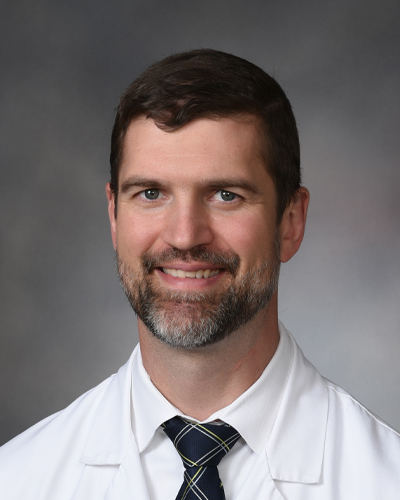Podcast: Play in new window | Download
Subscribe: Apple Podcasts | Spotify | Android | Pandora | iHeartRadio | TuneIn | RSS
Explaining the ultimate expression of prognosis:
Morbidity = (Severity x Duration)/Reversibility
Educational critical care scenarios presented in a podcast format.
Podcast: Play in new window | Download
Subscribe: Apple Podcasts | Spotify | Android | Pandora | iHeartRadio | TuneIn | RSS
Explaining the ultimate expression of prognosis:
Morbidity = (Severity x Duration)/Reversibility
Podcast: Play in new window | Download
Subscribe: Apple Podcasts | Spotify | Android | Pandora | iHeartRadio | TuneIn | RSS
When should you…
Podcast: Play in new window | Download
Subscribe: Apple Podcasts | Spotify | Android | Pandora | iHeartRadio | TuneIn | RSS
Which site should you select for your central line placement? A discussion of some considerations.
Podcast: Play in new window | Download
Subscribe: Apple Podcasts | Spotify | Android | Pandora | iHeartRadio | TuneIn | RSS

We learn about pancreaticoduodenectomy (the Whipple) with Michael Cavnar (@DrMikeCavnar), surgical oncologist at University of Kentucky, with a fellowship in Complex General Surgical Oncology from Sloan Kettering. He specializes in GI surgical oncology (liver, pancreas, stomach, etc), with ongoing research in GI stromal tumors and hepatic artery infusion pump chemotherapy.
Podcast: Play in new window | Download
Subscribe: Apple Podcasts | Spotify | Android | Pandora | iHeartRadio | TuneIn | RSS
A review of the physiological and practical reasons to position patients with ARDS in the prone position.
Podcast: Play in new window | Download
Subscribe: Apple Podcasts | Spotify | Android | Pandora | iHeartRadio | TuneIn | RSS

We chat with Janelle Bludorn (@JanelleRBlu), former emergency medicine PA, Assistant Professor and Academic Coordinator at the Duke PA program, about transitioning from clinical work into teaching and academia.
Podcast: Play in new window | Download
Subscribe: Apple Podcasts | Spotify | Android | Pandora | iHeartRadio | TuneIn | RSS
The value of being curious about practice differences, not judgmental.
Podcast: Play in new window | Download
Subscribe: Apple Podcasts | Spotify | Android | Pandora | iHeartRadio | TuneIn | RSS
We explore aortic dissection with Travis Hughes, vascular surgery fellow from the University of Kentucky, including classification, medical management, and nuances of the surgical perspective.
Podcast: Play in new window | Download
Subscribe: Apple Podcasts | Spotify | Android | Pandora | iHeartRadio | TuneIn | RSS
What are the ways that patients fail breathing trials, and what can they tell us about how to optimize them for next time?
Podcast: Play in new window | Download
Subscribe: Apple Podcasts | Spotify | Android | Pandora | iHeartRadio | TuneIn | RSS

We chat with Leon Chen about his work setting up infrastructure for clinical POCUS at Memorial Sloan Kettering. Leon is an Adult/Gerontology Acute Care Nurse Practitioner in the ICU, Clinical Program Manager of Research and Simulated Learning, and an Associate Professor at Columbia University School of Nursing.